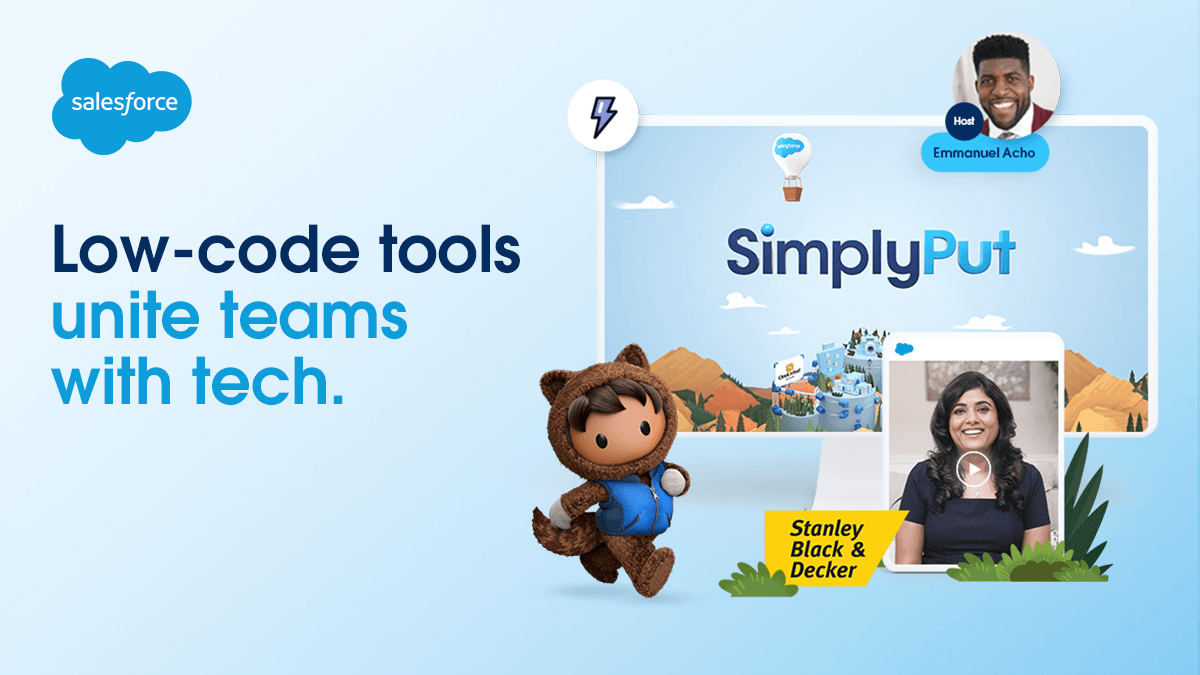Wrong order? Uber Eats resolves cases faster by automating workflows.
Learn how Uber Eats resolves merchant disputes faster by increasing agent efficiency with task automation.

Learn how Uber Eats resolves merchant disputes faster by increasing agent efficiency with task automation.
Your takeout food arrives, but your friend’s burger is missing. The restaurant tries to fix the problem, but there’s chaos behind the scenes. Service agents attempt to track down your order details, communicate with the restaurant owner, and process a refund — across about 30 different global systems.
It’s a scenario that kept Uber Eats’ IT and service teams up at night until they did something about it. Today, integrations automatically pull case data from all those global systems into one view so agents spend less time triaging.
“With data in a single platform, we can see what the experience was for the end consumer, what questions are coming our way, and how we can support our merchants fast,” said Parul Saini, Head of IT, Uber.
Salesforce Customer 360 is the secret sauce that connects Uber Eats’ service operations. With a shared view of merchants, end consumer data, and uber-fast response times, the company can keep 25 million restaurateurs and their customers happy to achieve global growth. Here’s how.
“We are only as good as the ecosystem of merchants we have. Customer obsession is the only way we can be successful as a business.”
1. Increase agent efficiency with one customer view instead of 30.
Every Uber Eats support case is unique, from onboarding new merchants to settling consumer disputes about missing food. Previously, the company’s service data was spread across 30+ systems in each of its global locations. As a result, agents spent precious minutes fetching user, order, and refund data from hundreds of service tools just to understand the customer’s need.
“It took a lot of time and manual steps, resulting in a poor agent experience and increasing handle times — all relating back to a poor customer experience,” said Neela Penmetsa, Senior Salesforce Administrator.
Today, MuleSoft automatically unifies data from across the Uber Eats ecosystem onto one screen in Service Cloud. The platform fetches data from external systems for everything from payment details to legal and compliance information. Now, if a restaurant needs to make an update like changing its ownership in the Uber Eats system, agents can quickly make it across every system in real time.
In just seconds, MuleSoft maps all API responses so agents have all the data they need to make swifter decisions and resolve cases faster.

2. Resolve disputes and refund customers faster.
Sometimes, consumer orders arrive without the fries they ordered. Other times, the entire delivery goes missing. When this happens, Uber Eats immediately issues a refund, charging the merchant for the cost.
But the fault may lie with a courier or someone who mistakenly picked up the order, resulting in lower customer satisfaction for the merchant. Merchants may then open a support case to dispute the charges, prompting agents to act fast.
Previously, agents spent up to two minutes searching across systems for relevant data to assess the claim, including:
- Order details
- Consumer communications
- Refund amounts and recommendations
A few minutes adds up across hundreds of cases each day. Now, Einstein can serve up data from integrated systems and even predict classification like case priority level, significantly reducing triage times.
“By the time the triage team escalates the case, the agent has all the information they need to make a decision on whether to pay the merchant or not,” said Penmetsa.
3. Automate agent tasks to onboard more merchants and scale operations in less time.
The majority of Uber Eats’ merchant customers are small business owners, not tech-savvy developers. Previously, new merchant onboarding required lengthy conversations with agents to provide restaurant details and sign user agreements.
To save time and give new merchants a way to serve themselves online, Uber Eats used Salesforce Flow to build automated workflows without writing code. Merchants can conveniently sign up for the platform, upload menus, and share food photography. Agents can then track merchant progress and use Digital Engagement to connect with merchants on their preferred channel — from chat to SMS and WhatsApp — to steadily urge them along.
Einstein Bots also gives merchants 24/7 support and faster answers to common questions like “Where’s my refund?” or “How can I add another location?” This enables Uber Eats to efficiently scale service, freeing up agents to focus on more complex, higher value issues.
Plus, automated routing intelligently assigns the right work to the right agent based on their skill set, availability, or capacity, boosting productivity.
4. Replicate workflows across the business to spur growth for everyone.
Uber Eats serves merchants and consumers in 6,000 cities across the globe. Things can get complicated fast when you need to adapt to local regulations and languages. With Salesforce, Uber Eats can apply the same sales and support workflows in different regions and departments — from ridesharing to grocery delivery — to grow the business.
For instance, lead and contract management tools from Sales Cloud allow sales reps to build quotes faster and visualize their entire pipeline. This way, they can convert more new merchants and offer flexible pricing in different regions.
Uber Eats agents can also help grow merchants’ businesses with insight into performance data. With Tableau, sales operations can track order volume trends and proactively contact merchants with recommendations to increase orders and grow the business.
“These merchants are not big brands. They’re local mom-and-pop restaurants who are putting their sweat and blood into their business,” said Ravi Shedge, Senior Staff Solutions Architect.
Ready to build a single view of your customer?
More Resources

Customer Story
Santander UK helps more SMEs achieve their international trade ambitions with Salesforce.

Customer Story
How personalisation has helped boost Heathrow’s digital revenue 30%

Customer Story
Formula 1 drives the next era of fan engagement






